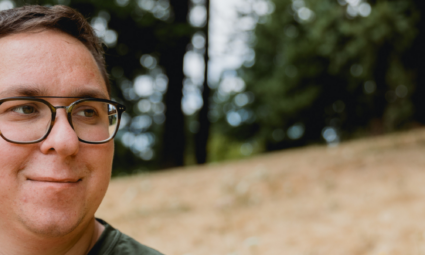
Testimonials
Autism: With a GPS watch, Sam's parents can feel at ease
READ MOREOlder generations are fitter, healthier and more independent than ever before. However, an ageing populations present challenges to society. Innovative technology is responding by reshaping society’s approach to elderly care. We are experiencing paradigm shift. Join our movement.

Testimonials
Autism: With a GPS watch, Sam's parents can feel at ease
READ MORE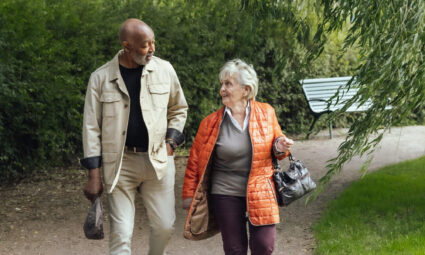
Testimonials
Improved safety in France with Europ Assistance and Careium 450
READ MORE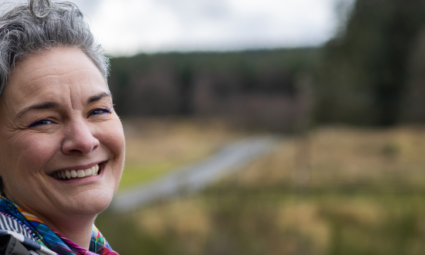
Testimonials
Parkinsons: Increased freedom for Mary with a GPS tracker
READ MORE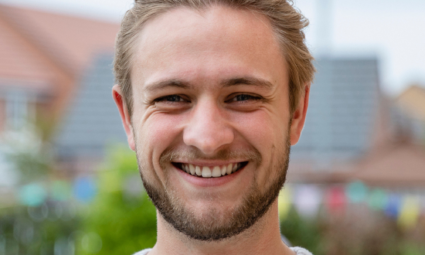
Testimonials
Diabetes: James feels reassured with a fall- and personal alarm
READ MORE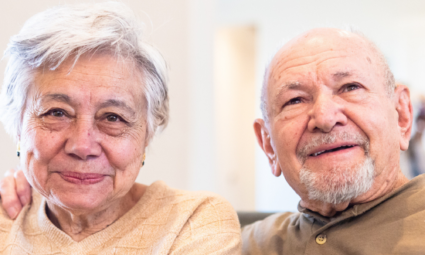
Testimonials
Alzheimer: Thanks to telecare, June and Arthur can stay in their own home
READ MORE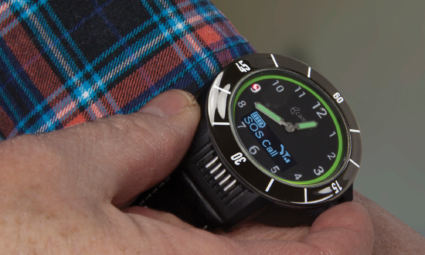
Testimonials
Making life easier with GPS watches in Östersund, Sweden
READ MORE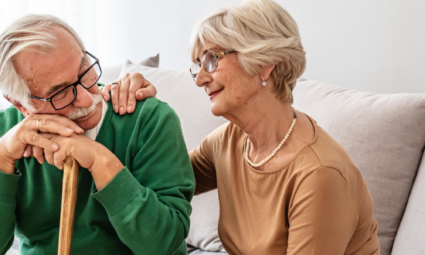
Testimonials
Age related: Fred can stay at home thanks to telecare
READ MORE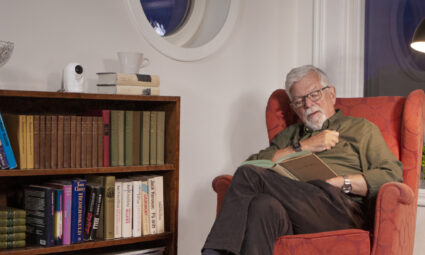
Testimonials
Remote monitoring reduce distances in Rana, Norway
READ MORE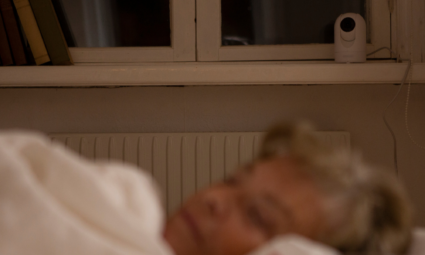
Testimonials
Swedish Uddevalla invests in TEC and increases remote monitoring
READ MORE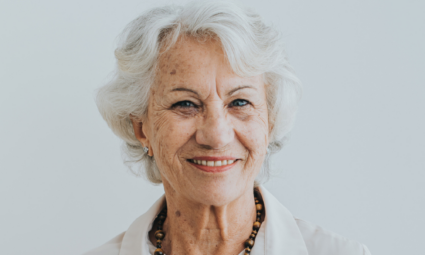
Testimonials
Dementia: Betty can continue to live on her own with support of telecare
READ MORE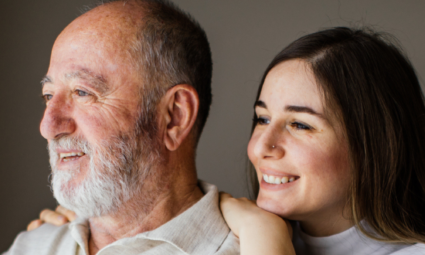
Testimonials
Connected smoke- and social alarms prevent fatal fires in Sweden
READ MORE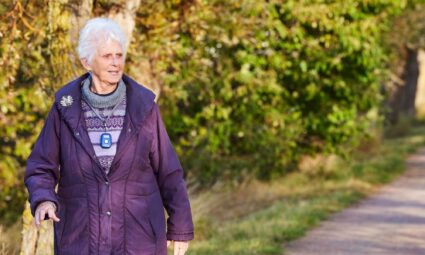
Testimonials
Our mobile social alarm Abby and the i-care® plus app support and provide safety, flexibility and freedom
READ MORE